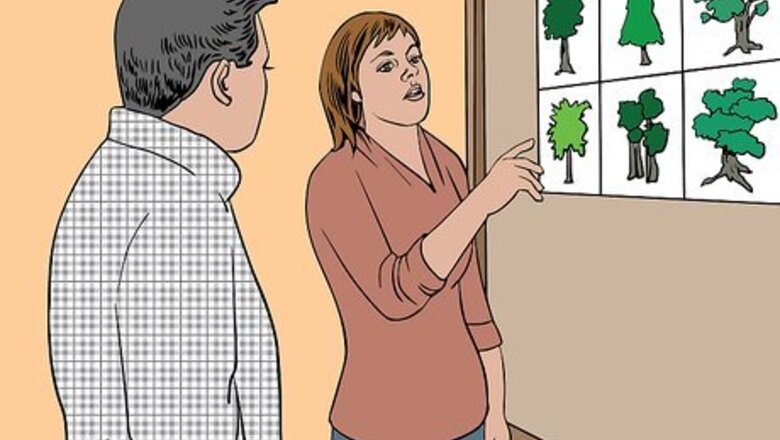
views
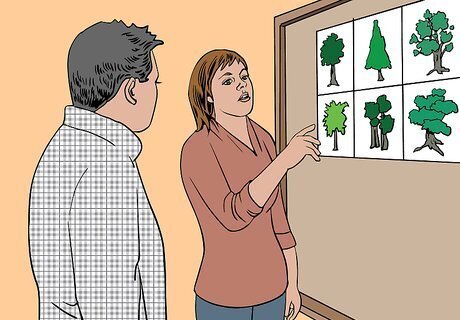
Contact your local extension office. The people in the office can help you determine the type of tree species that grow well in your area and those that would work best for a reforestation project. If trees that you are trying to replant are already coming up on their own, you don't necessarily need to intervene or plant more.
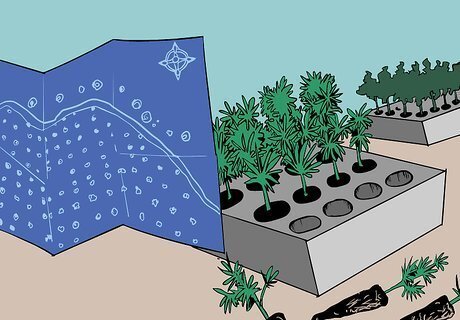
Order numerous seedlings. Plan to plant reforestation trees at a 8 x 8-foot spacing. This would mean that you would need 681 reforestation seedlings per acre. Choose tree species that are local or native to the environment to ensure they survive. If finances allow, order containerized seedlings instead of bare root seedlings. Studies show that containerized trees used for reforestation projects grow better than bare root seedlings. Containerized seedlings also have less culls (seedlings unsuitable for planting) than bare root seedlings.
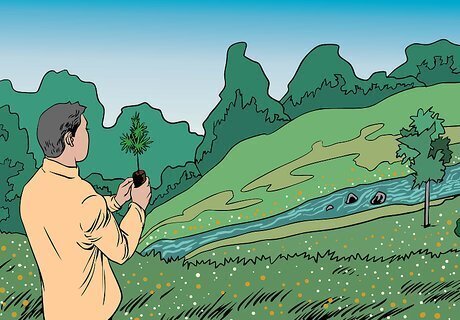
Plan your planting time. Trees planted for reforestation stress less and get a better start in the spring when planted in the fall. Planting too late in the spring will subject the seedlings to summer's hot weather before they have a chance to establish a solid root system.
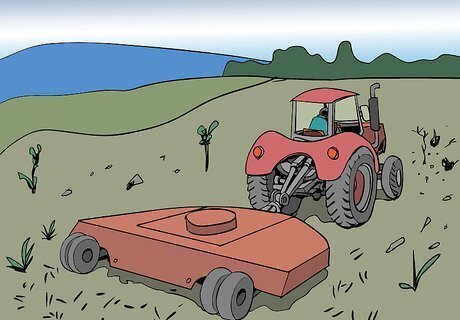
Mow the reforested area with a tractor and a shredding attachment. This will remove the low-quality trees and brush that may have been left during harvesting and may compete with the new seedlings. Push these woody leavings into windrows between the rows where the reforestation seedlings are to be planted. You may choose to burn, mulch, or chop this debris as well.
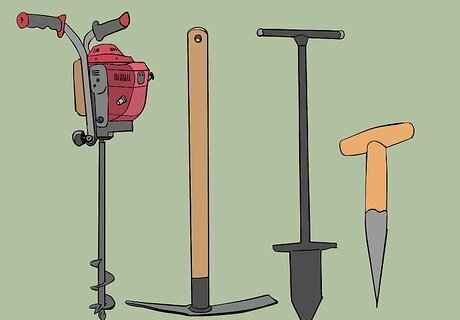
Purchase a specialized planting tool such as a power auger, planting bar, dibble, or hoedad to dig the holes for the seedlings. These specialized reforestation tools dig a hole deep enough for the seedling's roots and are designed to make reforestation planting go faster. Power augers are motor-driven hole-diggers that are to be used by 1 to 2 people. However, they are heavy and may be difficult to use for the inexperienced planter. Planting bars and dibbles are specialized tools dig the seedling's hole in 1 step. Place 1 foot (0.3 m) on the step, drive the tool into the soil, and then push it away from you to make a wedge-shaped hole for the seedling. Hoedads are L-shaped tools with curved or straight blades.
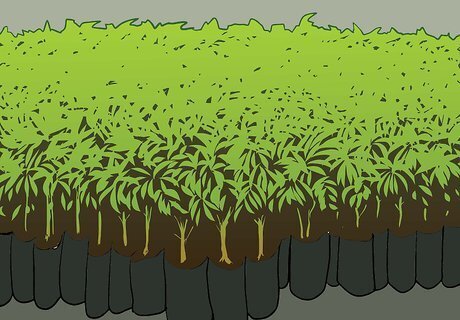
Place the reforestation seedlings in a planting bag. These are specialized canvas bags that allow planters to haul hundreds of seedlings at a time.
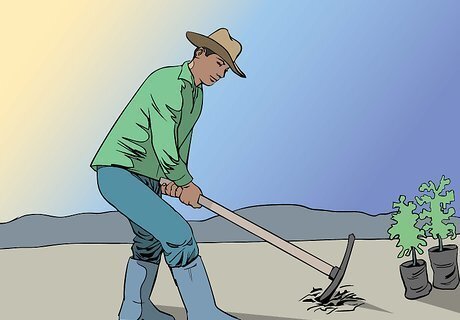
Dig the hole for the seedling.
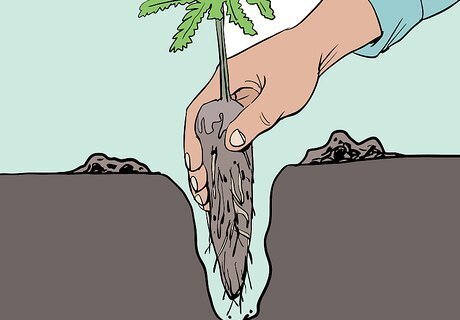
Plant a seedling in the hole in an upright position with the roots straight down. Do not allow the roots to curl back up and form a J-shape.
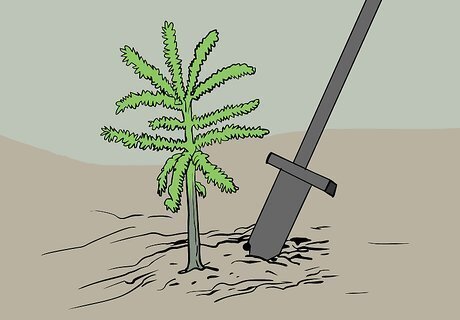
Press the soil firmly around the roots of the seedling with the dibble or planting bar. Make sure all the air pockets are removed around the seedling's roots.
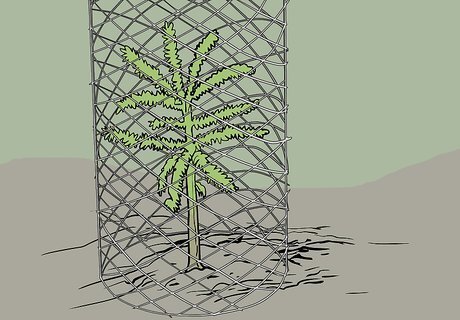
Place seedling protectors around the newly planted trees. These pieces of plastic or wire tubing will discourage deer from nibbling on the tender seedlings and increase their survival rate.












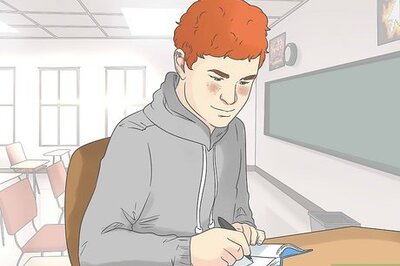
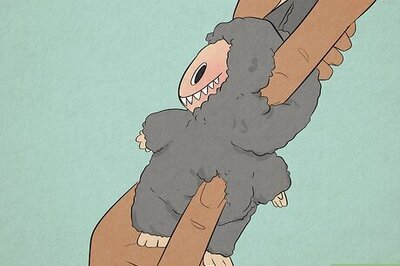


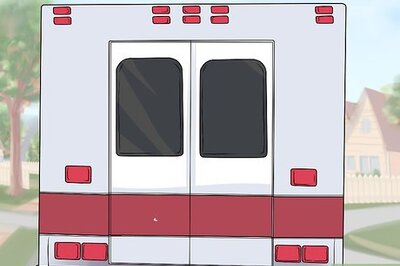

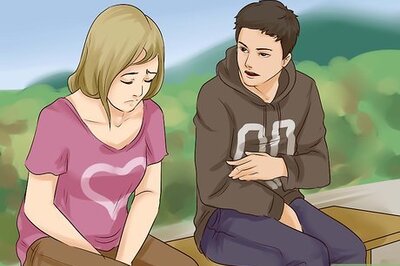
Comments
0 comment